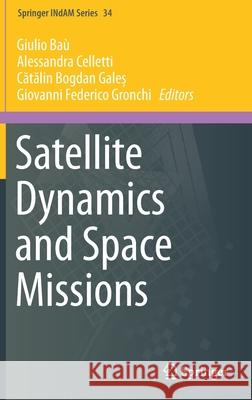Satellite Dynamics and Space Missions » książka
topmenu
Satellite Dynamics and Space Missions
ISBN-13: 9783030206321 / Angielski / Twarda / 2019 / 328 str.
Satellite Dynamics and Space Missions
ISBN-13: 9783030206321 / Angielski / Twarda / 2019 / 328 str.
cena 563,56
(netto: 536,72 VAT: 5%)
Najniższa cena z 30 dni: 539,74
(netto: 536,72 VAT: 5%)
Najniższa cena z 30 dni: 539,74
Termin realizacji zamówienia:
ok. 22 dni roboczych
Dostawa w 2026 r.
ok. 22 dni roboczych
Dostawa w 2026 r.
Darmowa dostawa!
Kategorie:
Kategorie BISAC:
Wydawca:
Springer
Seria wydawnicza:
Język:
Angielski
ISBN-13:
9783030206321
Rok wydania:
2019
Wydanie:
2019
Numer serii:
000448067
Ilość stron:
328
Waga:
0.65 kg
Wymiary:
23.39 x 15.6 x 2.06
Oprawa:
Twarda
Wolumenów:
01
Dodatkowe informacje:
Wydanie ilustrowane











